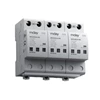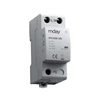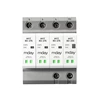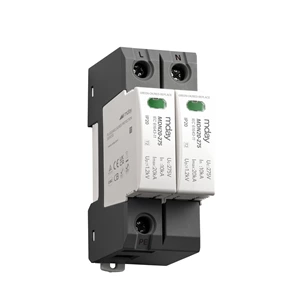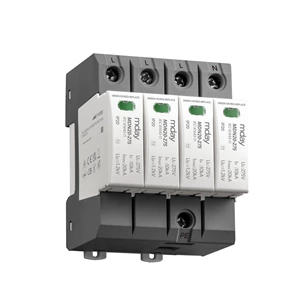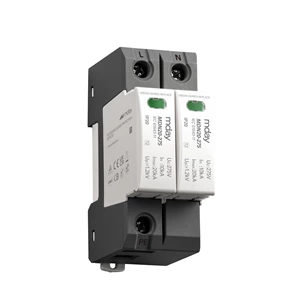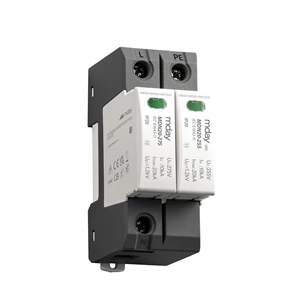Surge Protector And Grounding Of Transmission Lines
The hazards of lightning are obvious to all. However, in recent years, with the transformation of power grids, especially the transformation of urban power grids and the construction of substation automation systems, people may still lack awareness of the surge protective device grounding protection of these equipment, which has caused many lightning accidents, paralysis of automation systems and accidents of some power grid equipment, resulting in relatively serious losses. Therefore, it is necessary to explore the surge protector grounding problem of power supply and distribution systems to provide certain help to designers and construction personnel.
The surge protection device of transmission lines should be based on the voltage level, load characteristics and system operation mode of the line, and combined with the intensity of lightning activity in the local area, topographic characteristics and soil resistivity. Through technical and economic comparison, a reasonable lightning protection method should be adopted.
(1) It is not advisable to install lightning protection wires along the entire 35kV line. Generally, 1 to 2 km of lightning protection wires are installed in the incoming line section of the substation. At the same time, lightning protection wires are installed in areas with strong lightning activity, or metal oxide lightning arresters are installed on the line.
(2) Lightning conductors should be installed along the entire 110kV line, and double lightning conductors should be used in mountainous areas. However, in areas where the average number of thunderstorm days per year does not exceed 15 or where operating experience shows that lightning activity is mild, lightning conductors may not be installed.
(3) Lightning conductors should be installed along the entire 220kV line, and double lightning conductors should be used. For lines with lightning conductors, attention should be paid to the protection angle of the lightning conductor to the side conductor on the tower. Generally, a protection angle of 20° to 30° should be used, and the tower should be properly grounded. Depending on the soil resistivity, the power frequency grounding resistance of the tower should not be greater than the values listed in Table 1.


